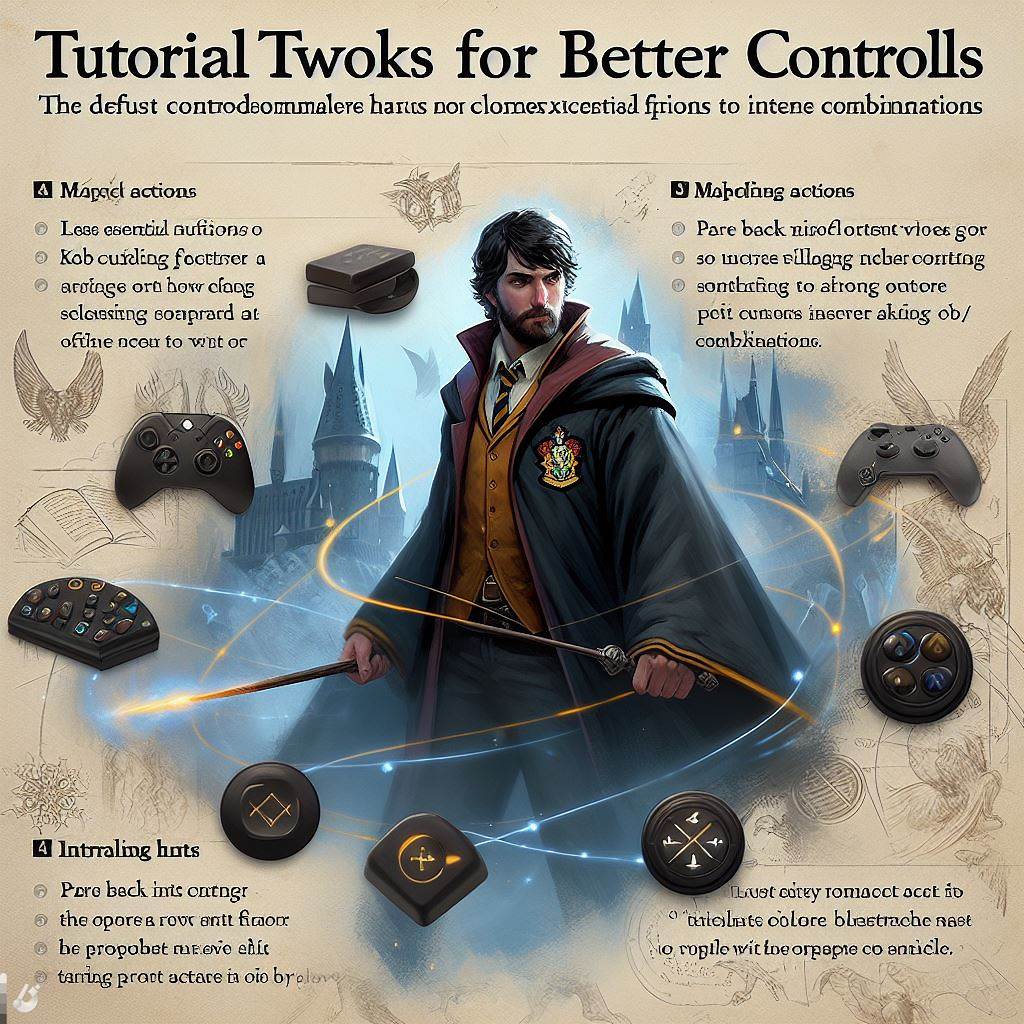Since the hotly anticipated Hogwarts Legacy‘s February release, many wizarding hopefuls eagerly entered the hallowed halls only to encounter gameplay gremlins hampering the magical experience. From performance sluggishness to obscure progression blockers, let’s break down the biggest reported issues alongside emerging solutions so players make the most of their RPG adventure.
Performance Boosting for All Platforms

The most widespread complaint involves framerate instability and lag, especially on console hardware like PlayStation 4 or Xbox One models. Luckily, tweaking a few settings alleviates the issue across systems:
Reduce Clutter Density – Excess background characters and foliage overload processing. Lower these settings for gains.
Target Performance Modes – 30 FPS caps ensure stability if 60 FPS modes judder too much.
Adjust Resolution Scaling – Dropping rendering resolution boosts speed if needed for smoothness.
Close Background Apps – Suspend unnecessary software gobbling up device memory allotted for Hogwarts Legacy processes.
Reboot Hardware Before Playing – Cold booting consoles clears temporary data allowing maximum utilization of RAM and storage throughput.
Upgrade Drivers/OS – Ensure graphics card drivers for PC gamers are updated, alongside console system software. Optimizations improve game execution and compatibility.
Tutorial Tweaks for Better Controls

The default control scheme receives widespread criticism for overloading hands with complex input combinations. Instead, start by:
Simplifying Mapped Actions – Pare back less essential functions cluttering controller or KB/M keys to simplify flows during intense encounters.
Increasing Prompt Transparency – Keep icon hints active longer so users more easily acquaint with the appropriate actions to trigger upon object interactions.
Lengthen Timings on QTE Events – Temporarily minimize reflex-dependent quick time event failure penalties while learning rhythm of new battle spells or environmental maneuvers.
Experimenting Across Control Presets – Try alternative preconfigured controller or keybindings options as offered for uncovering personal preferences.
CustomizingOwn Mapping – Manually reassign digital inputs or buttons towards configurations that instinctively feel intuitive if prefab options still miss the mark.
While part of Hogwarts Legacy’s magic comes from gradually mastering spell mastery and wand acrobatics, eliminating early input confusion lets essential wonder flood in brighter.
Expanding Freedom in Hogwarts and Beyond

After orienting gameplay foundations, seeking additional adventures beyond core storylife exposes starkly limited possibilities given the surrounding world’s expanse. Luckily several avenues exist open for exploration beyond current state restrictions:
Activating Mod Support – Custom fan-created add-ons introduce mechanicreworking inclined towards sandbox preferences if developers never implement officially.
Unlocking Known Inaccessible Areas – Crafty workaroundsa wait discovery for penetrating intrigue-rich Quidditch stadium grounds or historical wand combat chambers that ship fully modeled but blocked off.
Increase Side Activity Diversity – Mods can potentially populate static environments with lively personalities or introduce variant tasks beyond repetitive item fetching and dense battles.
Hogwarts Legacy crafts a wonderfully accurate school recreation but expanding possibilities lingering just below the surface leads towards unlockingseries-worthy greatness.
While patching in quality-of-life upgrades mitigating criticisms constitutes an ongoing process, hopefully these suggestions point player towards smoother Wizarding World joyrides in the interim! Have some personal tips potion recipes or sneaky forbidden secrets handy? Don’t keep fellow fans waiting and share your takes below!













